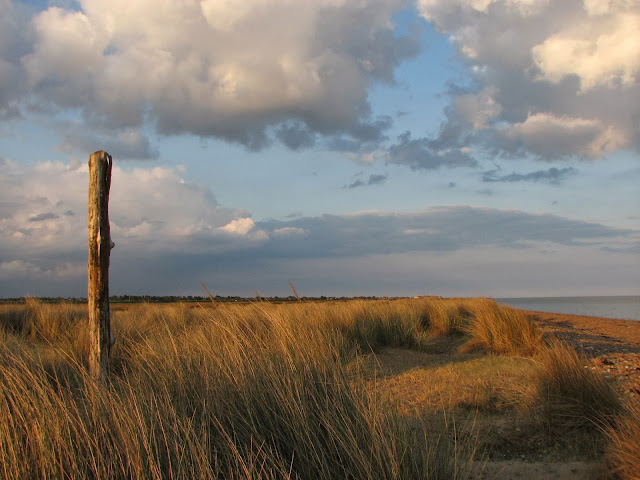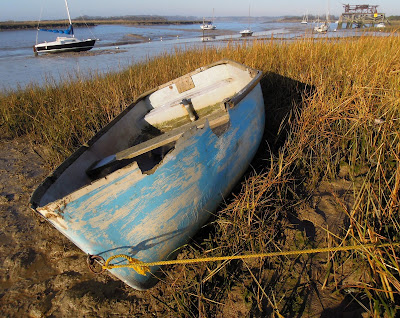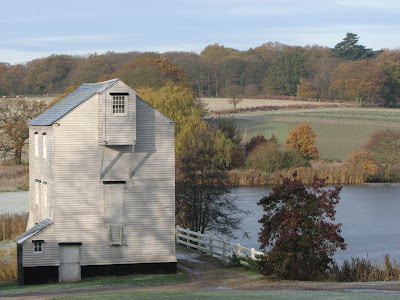On the extreme southern tip of the Tendring Peninsula there lies a strange land that does not fit the lazy stereotype of an Essex inhabited by Brentwood air heads and dodgy geezers.
Drive through the old village of St Osyth and along lanes surrounded by windswept flat fields for three miles and you come to a large, often busy, caravan park at Seawick. Here, in season, you'll see Londoners and people from industrial South Essex holidaying in this somewhat remote location.
What more could you want ?
East of Seawick is infamous Jaywick, allegedly one of the most deprived areas in the country, but walk west along the battered, boulder strewn coastline and after a mile or so you'll be in a desolate area of sand dunes and beach, where detritus from years of storms and floods litters the otherwise wild land.
This part of the coastline is designated as a "Naturist Beach". Well, it may have originally been used by naturists, but now, in the warmer months at least, it is used by what the local anglers refer to as "The Beach Gentlemen" and if you are unfortunate, you may catch sight of them, suddenly appearing from behind a grassy tussock on the dunes like startled meerkats, in all their naked glory.
However, once the temperatures drop in autumn, the only humans you're likely to see are anglers and the occasional walker. When fishing at night here, with the nearest buildings being a couple of miles away, it really feels like a remote place. The only sounds are the incessant, rhythmic roar of the relentless sea and the calls of waders and wildfowl.
Walk on another mile and you're at the Colne Point nature reserve, run by Essex Wildlfe Trust, a treacherous expanse of sandbanks and gullies, where the tide rips in and out of the Colne estuary at impressive speed.
Just behind the beach, separated by a small creek is the hamlet of Lee Over Sands, where wooden buildings are scattered along the pot holed road. The road is in such a bad condition that you would be most unwise to attempt to drive here from St Osyth, without a four wheel drive vehicle (unless you're in somebody else's car).
This is the land of the Essex Hillbilly and there's something I like about it, though I can't tell you what.
See, if you look for them, you'll find wild places. Even in Essex.

















































